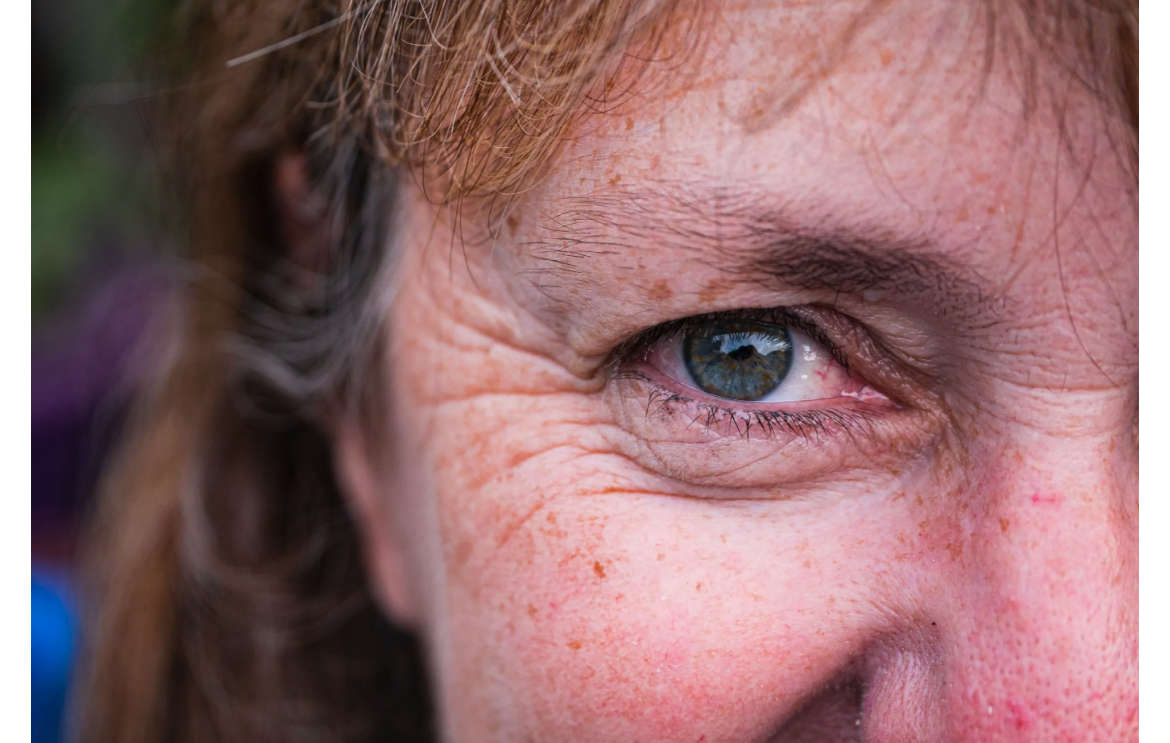
Common causes of skin hyperpigmentation
Cutaneous hyperpigmentation is a common dermatological disorder that is characterized by skin areas that are darker than normal skin color. This condition can be caused by a variety of factors, such as sun exposure, hormones, certain medications, or certain diseases. In some cases, the melanocytes, the cells that produce melanin, the pigment that gives the skin its color, can be stimulated and then produce excess melanin, thus generating excessive pigmentation. In order to prevent and regulate the appearance of pigment spots, it is essential to understand the most frequent causes.
Skin hyperpigmentation and sun exposure
Sun exposure is one of the most common causes of excessive skin pigmentation. When skin is exposed to the sun, melanocytes produce melanin, a brown-colored pigment that has the ability to protect skin cells against harmful UV rays. Excessive sun exposure amplifies the production of melanin by melanocytes, which leads to an abnormally high concentration of melanin in the skin, and therefore excessive skin pigmentation.
There are two types of UV rays, UVA and UVB, which can cause damage to the skin. UVA rays are the most common and can penetrate deep into the skin layer, causing long-term damage, such as premature aging and skin cancer. UVB rays are responsible for sunburn and can also contribute to the development of cancer.
Darker-skinned people are less susceptible to sun damage because their skin contains more melanin than lighter-skinned people. However, this does not mean that they are fully protected against sun damage. Anyone can develop excessive skin pigmentation if they are exposed to too much sun or if they do not take the necessary precautions to protect themselves against UV rays.
Hormonal processes
Hormones can also play an important role in the development of excessive skin pigmentation. Melanin is regulated by melanotropic hormone (or MSH for “melanocyte-stimulating hormone”, in English), which is produced in the pituitary gland and acts on the melanocytes of the skin. High levels of this hormone can cause excess production of melanin, leading to hyperpigmentation.
Female hormones, such as estrogen, can also affect skin pigmentation. During pregnancy, for example, estrogen levels increase, which can lead to the appearance of pregnancy mask or freckles. Similarly, taking birth control pills can increase estrogen levels and lead to more discoloration of the skin.
Thyroid hormones can also affect skin pigmentation. High levels of thyroxine can cause excess melanin production, leading to excessive skin pigmentation. Conversely, low thyroxine levels may be associated with low melanin production (hypopigmentation).
Finally, stress hormones, such as cortisol, can also affect skin pigmentation. High levels of cortisol can cause increased melanin production, leading to excessive staining. This can be seen in people with chronic stress or anxiety disorders.
Drugs and diseases
Medications and diseases are two other major factors that can cause skin hyperpigmentation. Certain medications, such as antibiotics, antipsychotics, nonsteroidal anti-inflammatory drugs (NSAIDs), antihypertensives, antidiabetics, oral contraceptives, hormone replacement drugs, and topical chemicals, can all contribute to excessive skin pigmentation.
Antibiotics, for example, can cause increased photosensitivity in the skin, which can lead to excessive pigmentation when exposed to the sun. NSAIDs, on the other hand, can cause uneven skin pigmentation, especially in areas exposed to sunlight. Oral contraceptives and hormone replacement can also cause hormonal changes that can cause too much pigmentation.
When it comes to diseases, some medical conditions can cause excessive skin pigmentation as well. One of the most common diseases is melasma, which is characterized by brown spots on the face, usually in pregnant women or women taking oral contraceptives. Vitiligo is another condition that can cause loss of skin pigmentation, while Acanthosis Nigricans can cause hyperpigmentation in skin folds.


All comments